Latest NRAO News
News is managed by NRAO News & Public Information. Questions about News? Have a story to share? Want to interview a scientist or create new media about our telescopes?
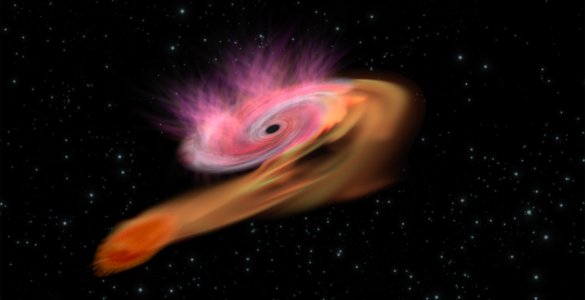
High-energy transient signals are most often determined to be gamma-ray burst events, but the recently-launched Einstein Probe has expanded astronomers’ ability to quickly respond to similar signals occurring at X-ray wavelengths.
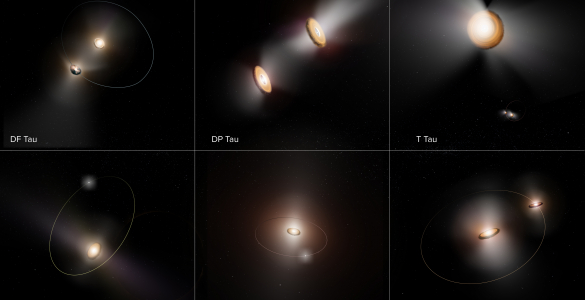
Tucked away in a star-forming region in the Taurus constellation, a pair of circling stars are displaying some unexpected…
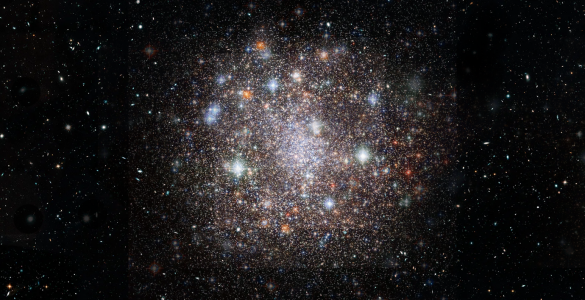
Astronomers have made groundbreaking discoveries about young star formation in the Large Magellanic Cloud (LMC), using the James Webb…
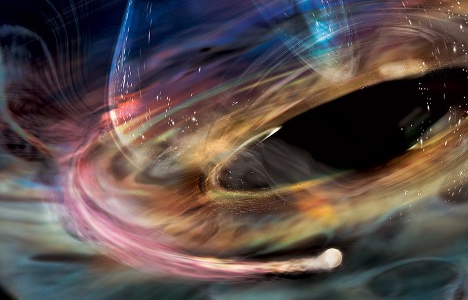
International teams of astronomers monitoring a supermassive black hole in the heart of a distant galaxy have detected features never seen before using data from NASA missions and other facilities including the National Science Foundation (NSF) National Radio Astronomy Observatory (NSF NRAO) Very Long Baseline Array (VLBA).
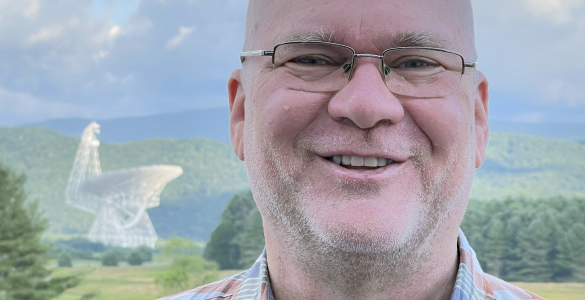
Dr. James “Jim” Jackson is stepping down from his role as Director of the U.S. National Science Foundation Green…
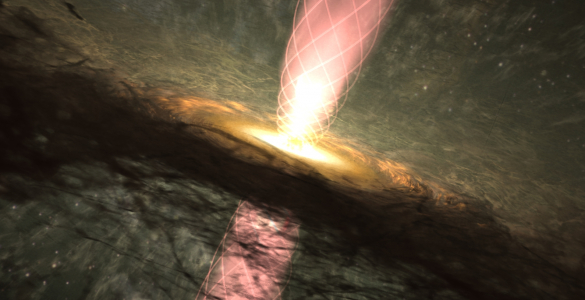
New observations from the National Science Foundation National Radio Astronomy Observatory’s (NSF NRAO) Karl G. Jansky Very Large Array (NSF VLA) provide compelling evidence supporting a universal mechanism for the collimation of astrophysical jets, regardless of their origin. A new study, published in the Astrophysical Journal Letters, reveals the presence of a helical magnetic field within the HH 80-81 protostellar jet, a finding that mirrors similar structures observed in jets emanating from supermassive black holes.





